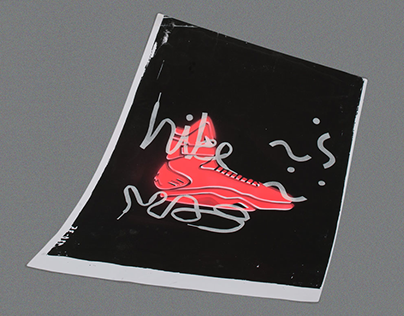
It was a period that shone a light on the true potential of silk screen printing and the different designs you can print on various surfaces.Ĭonsequently, the technique was picked up by a lot of famous artists - most notably Andy Warhol. This is because it was the first time you saw instances when pieces of fine art were printed using the method. Many people within the printing industry pinpoint this period as when serigraphy was truly established and born. From here, this technique quickly rose to prominence throughout the commercial printing world.įast forward to the 1930s, and we see the first mainstream uses of the technique in the US. A man by the name of Samual Simon from England is recognized as the first person to obtain a patent for silk screen printing. This is when it burst onto the scene in a lot of European countries, specifically the United Kingdom. Nevertheless, the technique of silk screen printing that most people know of today didn’t really start showing its face until the very early 1900s. It continued to largely be used in Asian countries until the 18th century when the concept finally made its way to Europe. Back then, Chinese and Japanese communities would use a very similar technique to try and get stenciled patterns and designs on fabrics and other materials. History books suggest that this method of printing can be found in Asia as long as 1000 years ago. The origins of silk screen printing are complex. What Are The Origins Of Silk Screen Printing? Once this is done, the surface is dried, and you have a perfect screen print! The ink gets pressed through the screen onto the surface underneath, creating a print in the desired design stencil. Step 3: Print - Your screen now gets placed on the printing press with a surface below it.You can then wash the emulsion off, leaving you with a perfect stencil of the design. As mentioned earlier, multiple screens are needed for different colors in a design. In essence, this leaves the part of the screen covered by the design in a liquid state - everything else hardens. Your design is then laid onto the screen and exposed to a bright light that hardens the emulsion.

It has to be coated in something called a light-reactive emulsion.


Multiple screens can be layered over whatever material you’re printing on, with each color in the print requiring its own screen. This ‘screen’ is usually made from a very thin mesh-like material, which allows ink to pass through onto the surface. Serigraphy utilizes a screen that is tightly stretched across a surface. Already, this goes some way to explaining how old the technique is.īut, what exactly does serigraphy entail? “Seri” is Latin for silk, while “graphy” derives from graphos, an old Greek word for writing.

The term comes from both Latin and Greek words that have been meshed together. Silk screen printing is a specific printing technique that is also referred to as serigraphy. Whether using a screen print press or silk screen stencils, knowing the history of the art can help you better appreciate it as it is today. So, you might be wondering what is serigraphy, how it works, and where it came from. The technical term for silk screen printing is serigraphy. Over the years, this method of printing has become extremely popular due to its diversity and quality. We provide straight forward answers, sound advice, the right technology, and the right solutions to meet your objectives.At Holden’s Screen Supply Co., we sell a variety of screen printing supplies used for printing images on shirts, wood, paper, and many other surfaces. You can turn to us with confidence to get the job done when you need it, on time, and on budget. Design Silk Screen Printers has been serving its clients for over 30 years.


 0 kommentar(er)
0 kommentar(er)
